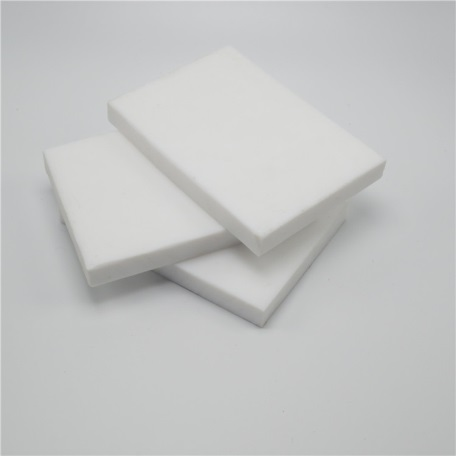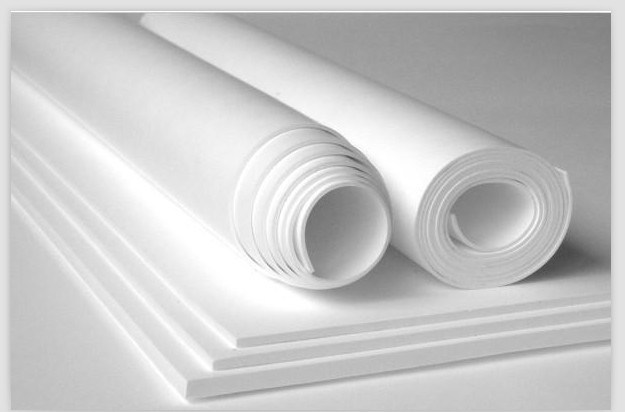PTFE stands for Polytetrafluoroethylene. It is a synthetic fluoropolymer of tetrafluoroethylene. Expanded PTFE has the same raw material with PTFE. And they also have many of the same characteristics, including the material is completely non-toxic and hygienic, and also offers working temperatures up to 260℃.
But for both of them, there are different apps to help you choose which one is what you need.
Firstly, due to the unique properties, PTFE is able to endure the harshest of environments and as such, is suitable for use in numerous applications. Such as it is ideal for use in the food and drink production, from cooking equipment to food coverings and non-stick surface covers etc. In addition, it is also particularly useful for medical applications and for the production of internal and external life-saving equipment such as catheters, bio-containment vessels, syringes and sutures.
About ePTFE, because there have the permeable property, the expanded PTFE products always use in medical devices, electronic insulators, high performance filters. In oil and gas, this porous fluoroplastic is usefully applied to chemical pipe flanges to even out any bumps and ridges in the pipes and achieve a truer seal. ePTFE is also used to produce a mesh-like structure for implants, which whilst being soft, strong and flexible, is also very porous. When implanted, this allows body-tissue to grow seamlessly into it, making it an excellent material for use in vascular grafts, hernia repair and other reconstructive surgery. Expanded PTFE is perfectly suited for environmental filtration and fluidic purification applications.
Above all, both PTFE and ePTFE have superb industrial applications with excellent features. But the range of application of ePTFE is wider than PTFE. The multi-directional fibrous structure of ePTFE makes it capable of performing at a high surface pressure condition. For maximum safety demands like flange sealing of oxygen-carrying tubes, ePTFE is the appropriate material as it can be highly customized. ePTFE has a better performance rate than PTFE. It has so much demand in the market that it is now manufactured with varying heights, densities, and dimensions.
And if you have any further questions on them, you can contact our company at any time.




